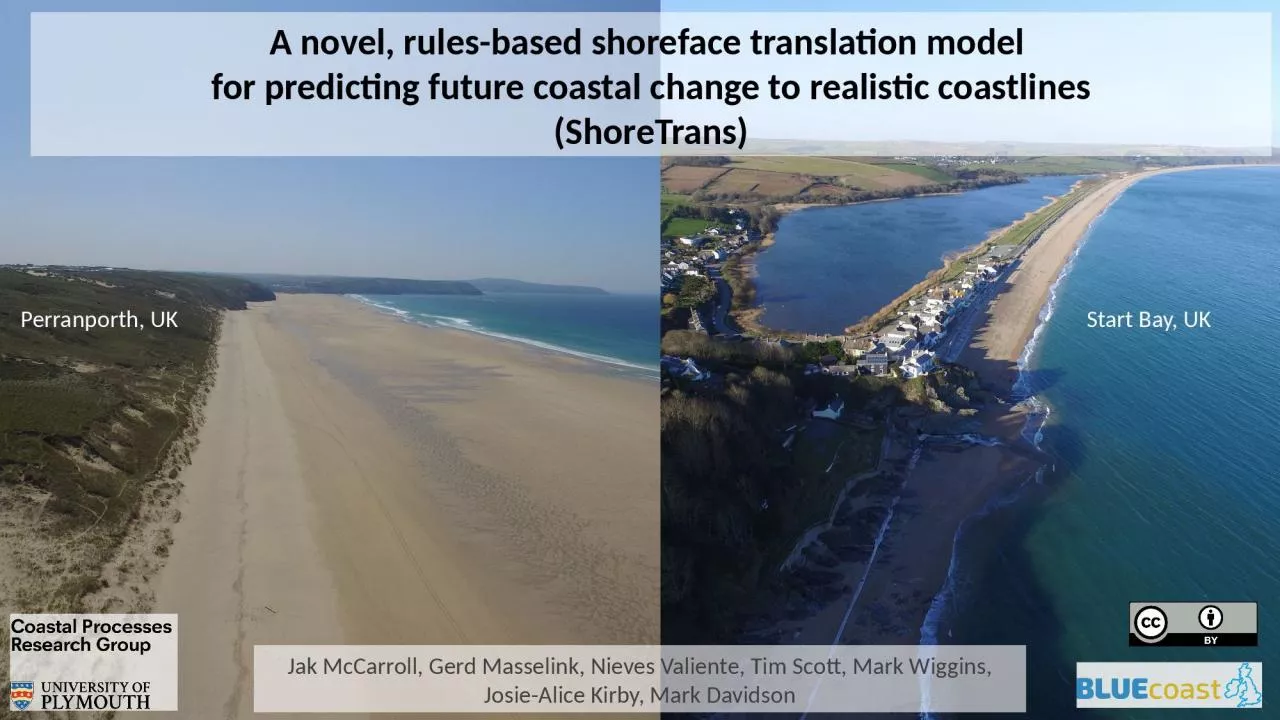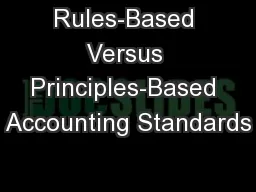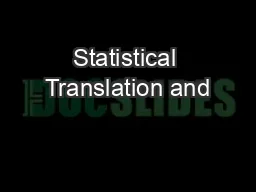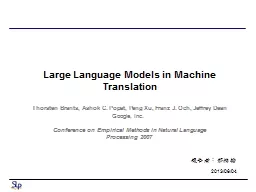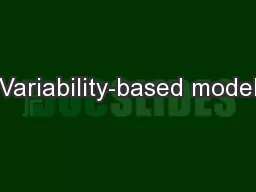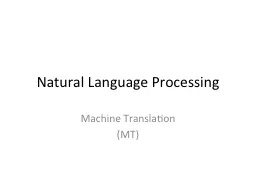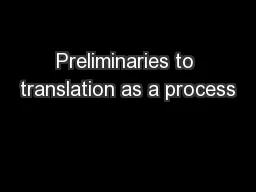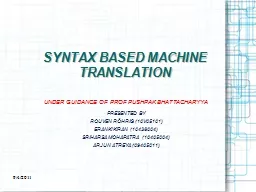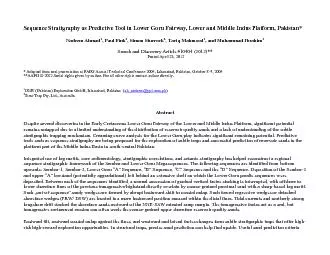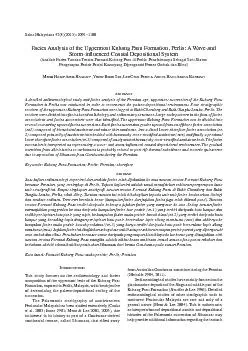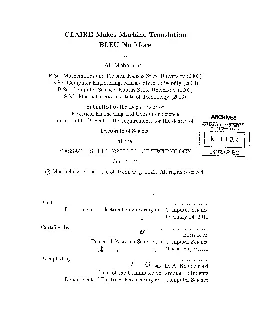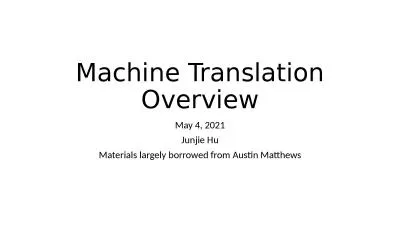PPT-A novel, rules-based shoreface translation model
Author : sylvia | Published Date : 2023-09-26
for predicting future coastal change to realistic coastlines ShoreTrans Jak McCarroll Gerd Masselink Nieves Valiente Tim Scott Mark Wiggins JosieAlice Kirby Mark
Presentation Embed Code
Download Presentation
Download Presentation The PPT/PDF document "A novel, rules-based shoreface translati..." is the property of its rightful owner. Permission is granted to download and print the materials on this website for personal, non-commercial use only, and to display it on your personal computer provided you do not modify the materials and that you retain all copyright notices contained in the materials. By downloading content from our website, you accept the terms of this agreement.
A novel, rules-based shoreface translation model: Transcript
Download Rules Of Document
"A novel, rules-based shoreface translation model"The content belongs to its owner. You may download and print it for personal use, without modification, and keep all copyright notices. By downloading, you agree to these terms.
Related Documents

